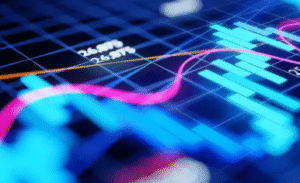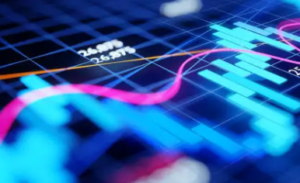$TSLA $LYC $REMX
#Tesla #OptimusRobot #RareEarth #ChinaExportControls #ElectricVehicles #EV #RenewableEnergy #Technology #Defense #AutomotiveTechnology #CleanEnergy #Innovation
China’s recent imposition of export controls on seven critical rare earth elements and related magnets has sent ripples across several high-tech and strategic sectors globally. These elements, vital for a variety of applications ranging from defense equipment, renewable energy technologies to automotive manufacturing, including electric vehicles (EVs), are at the heart of a growing technological rivalry. The restrictions not only highlight the geopolitical tensions that often underpin the global trade of strategic resources but also underscore China’s dominant position in the rare earth market, controlling a significant portion of the world’s supply and processing capabilities.
This move has particularly impacted companies heavily reliant on these materials for their innovative products. Among them, Tesla Inc., spearheaded by Elon Musk, has faced challenges for its ambitious Optimus humanoid robot project. The Optimus project, which aims to revolutionize the workforce with highly versatile robotic labor, relies extensively on rare earth elements for the magnets that are essential for the robots’ electric motors. These motors are critical for the robots’ movements and overall functionality, making rare earth elements a linchpin in the project’s development.
The implications of China’s export controls extend beyond just a single company. They signal a potential shift in the global supply chain dynamics for critical materials, urging companies and countries alike to reassess their dependency on geopolitically sensitive inputs. For industries such as electric vehicles and renewable energy, this could accelerate efforts towards finding alternative sources or developing new technologies that are less reliant on rare earth elements. Moreover, it invites a broader conversation about the sustainability and security of supply chains in a world where technological advancements are increasingly intersecting with geopolitical considerations.
In response to these challenges, companies like Tesla are likely to explore various strategies to mitigate the impact of such restrictions. This could involve investing in rare earth recycling, seeking alternative suppliers, or even engaging in diplomatic and trade discussions to ensure a stable and sustainable supply of these critical materials. Moreover, the situation underscores the importance of innovation in material science, where the development of alternative materials or technologies could reduce the reliance on rare earth elements and enhance the resilience of technology supply chains. As the world continues to navigate these complex interdependencies, the situation serves as a reminder of the delicate balance between innovation, geopolitics, and sustainability in the modern economy.







Comments are closed.